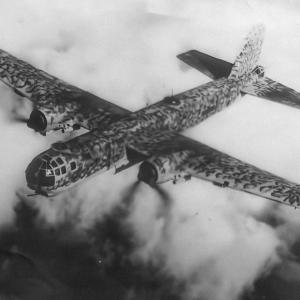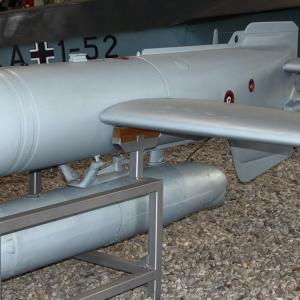
On this day in military history…
The First Battle of Heligoland Bight marked the opening naval engagement of World War I, taking place in the North Sea on August 28, 1914. Situated near the German island of Heligoland off the northwest coast of Germany, this confrontation set the stage for naval strategies and tensions that would persist throughout the war. The battle unfolded between elements of the British Royal Navy and the German Imperial Navy and was a deliberate British attempt to draw German patrols into a trap using superior firepower and speed.
At the start of the war, the North Sea quickly became a critical area of interest for both the British and German navies. The Royal Navy had established a distant blockade intended to restrict the movement of German ships and cut off their access to global trade routes. The Germans, meanwhile, maintained a defensive naval posture, regularly patrolling their coastal waters around Heligoland with light cruisers and destroyers. These German patrols presented an opportunity for the British to strike an early blow and test German defenses.
The British operation was orchestrated primarily by Commodore Reginald Tyrwhitt, who commanded a force of destroyers and light cruisers based at Harwich. His task was to lure German patrols into open waters where heavier British reinforcements could engage them. Supporting Tyrwhitt’s flotilla were additional cruisers under Commodore William Goodenough, and crucially, a pair of battlecruisers—HMS Lion and HMS Queen Mary—under the command of Vice Admiral David Beatty, held in reserve but prepared to intervene if the situation escalated.
In the early hours of August 28, British destroyers made contact with German torpedo boats and light cruisers, including SMS Frauenlob, SMS Stettin, and SMS Mainz. Initial skirmishes were intense and chaotic due to poor visibility and the confined nature of the Bight, which complicated maneuvering for both sides. German forces were reinforced throughout the morning, including the arrival of additional cruisers such as SMS Ariadne, but the tide of the battle turned once Beatty’s powerful battlecruisers entered the fray in the late morning.
The arrival of HMS Lion, Queen Mary, and Princess Royal brought overwhelming firepower to the British side. Their heavy guns inflicted significant damage on the smaller and less heavily armored German cruisers. As a result, three German light cruisers—SMS Mainz, SMS Köln, and SMS Ariadne—were sunk during the battle. Several German destroyers were also heavily damaged or lost. On the British side, while several ships sustained damage, none were sunk, and casualties were relatively light compared to the German losses.
In total, the German Navy suffered over 700 casualties, including the loss of many sailors and officers, while British casualties numbered just over 30. The disproportionate losses stunned the German command and led to a more cautious naval stance for much of the early war period. The battle also highlighted the Royal Navy’s superior coordination, speed, and ability to project power into contested waters.
Strategically, the First Battle of Heligoland Bight demonstrated the dangers of operating near enemy coasts without proper intelligence and support. For the British, it was a morale-boosting victory that reaffirmed naval supremacy and showcased the effectiveness of combined arms tactics involving destroyers, cruisers, and capital ships. For the Germans, it was a sobering reminder of their naval vulnerability in the North Sea, leading to more conservative patrolling and a greater emphasis on submarine warfare in the months to follow.
While relatively small in scale compared to later naval engagements of World War I, the battle served as a critical early encounter that shaped the naval doctrine of both sides. It also foreshadowed the complex and often indecisive nature of surface naval warfare in the era of dreadnoughts, where sheer power was often constrained by geography, visibility, and communication challenges. The Heligoland Bight engagement thus remains a significant and instructive moment in the broader maritime history of the Great War.










